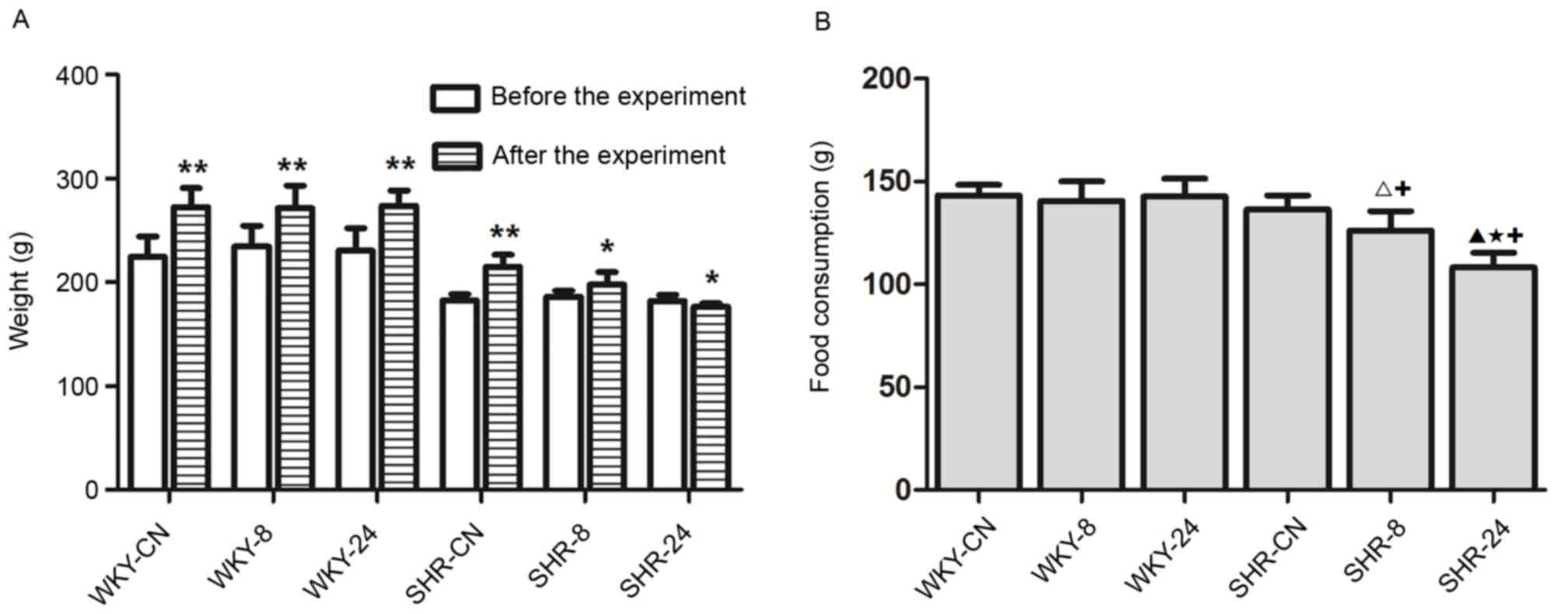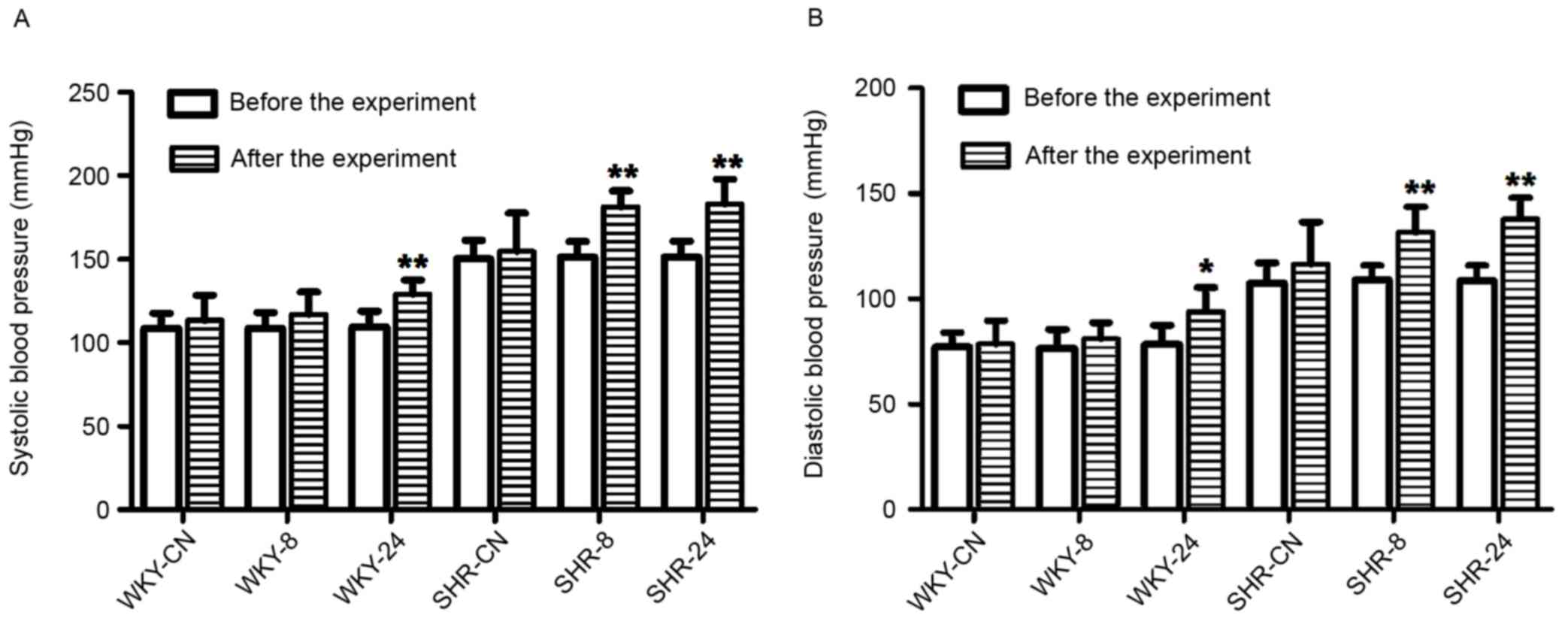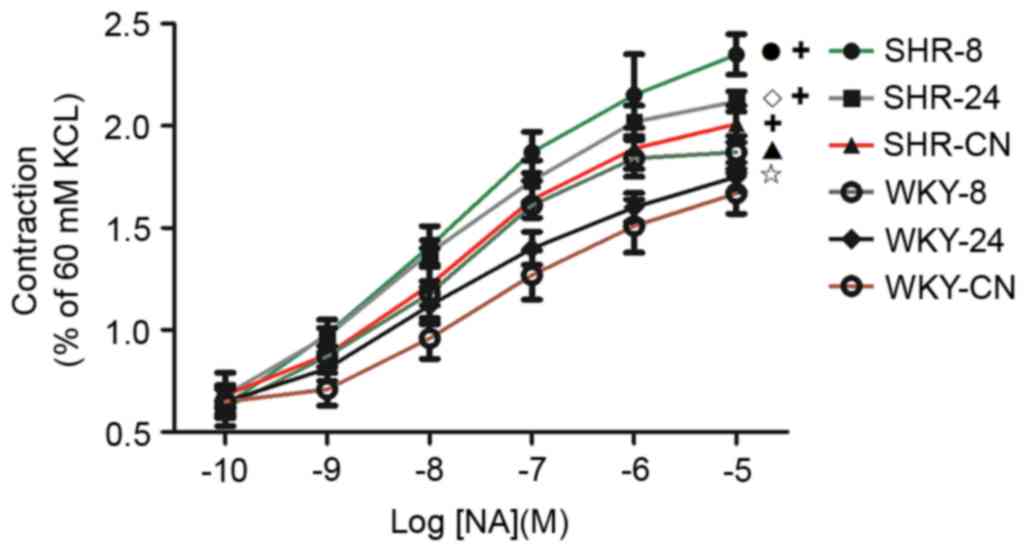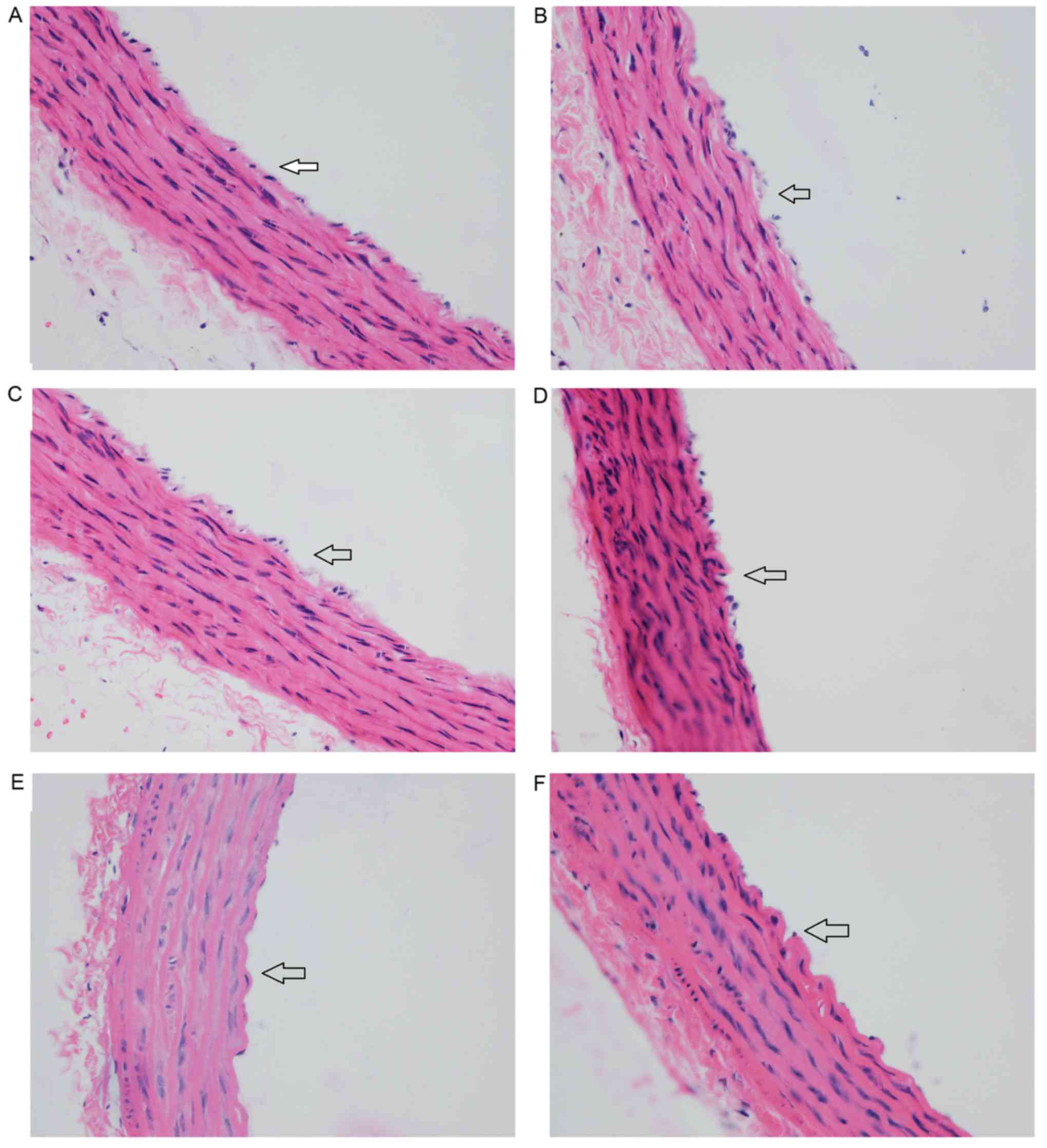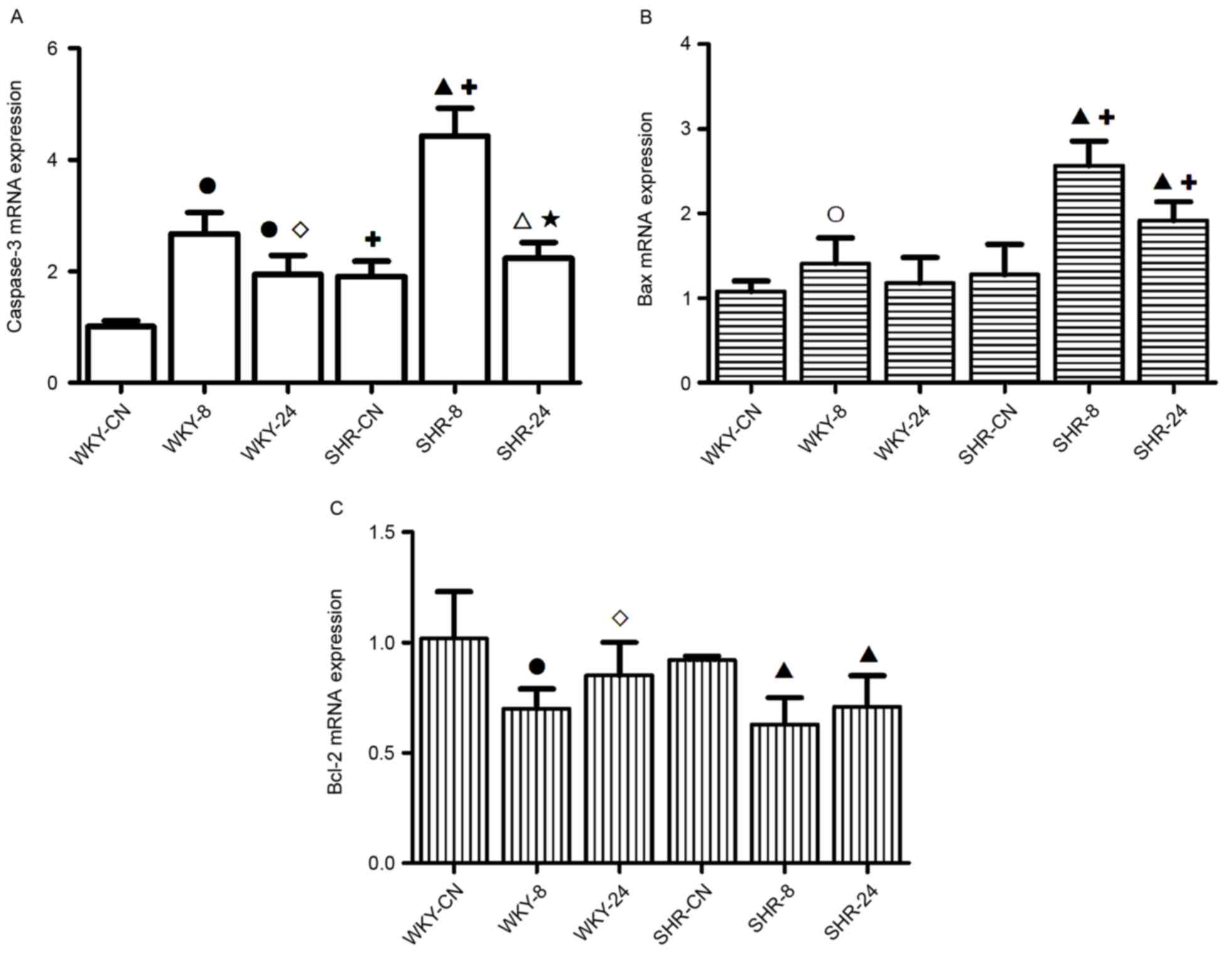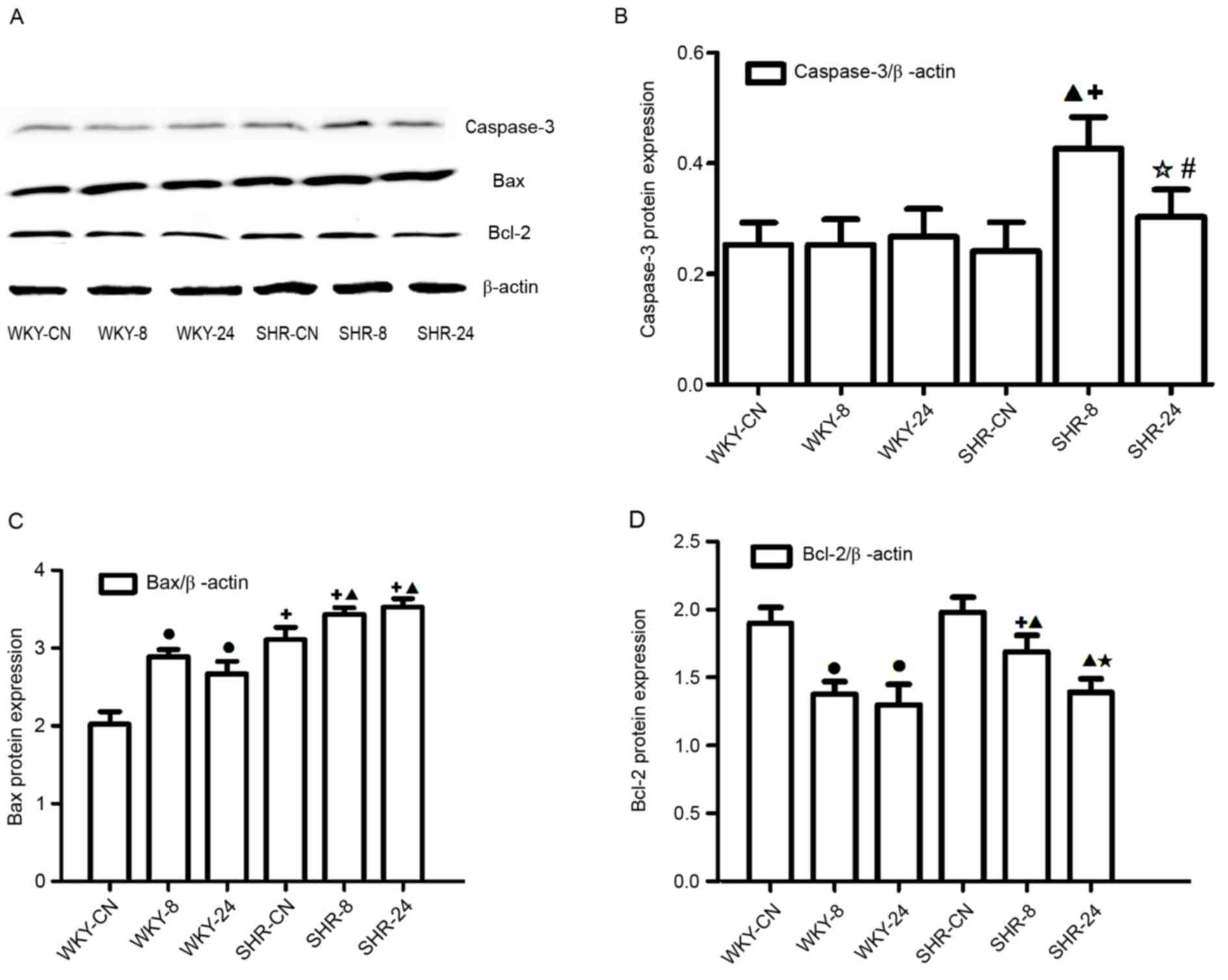|
1
|
Hausfater P, Doumenc B, Chopin S, Le
Manach Y, Santin A, Dautheville S, Patzak A, Hericord P, Mégarbane
B, Andronikof M, et al: Elevation of cardiactroponin I during
non-exertional heat-related illnesses in the contextof a heatwave.
Crit Care. 14:R992010. View
Article : Google Scholar : PubMed/NCBI
|
|
2
|
Li G, Zhou M, Cai Y, Zhang Y and Pan X:
Does temperature enhance acute mortality effects of ambient
particle pollution in Tianjin City, China. Sci Total Environ.
409:1811–1817. 2011. View Article : Google Scholar : PubMed/NCBI
|
|
3
|
Yibin JI, Liping P and Jun W: Assessment
of thermal comfort for aircraft cabin environment. J Safety
Environment. 15:306–309. 2015.
|
|
4
|
Shi YJ, Yu JR, Cen XN, Zhu Q and Ren HY:
Influence of HSP70 on combined method of hyperthermia and
immunologic effector cells to treat cancer. Beijing Da Xue Xue Bao.
37:175–178. 2005.(In Chinese). PubMed/NCBI
|
|
5
|
Pathapati RM, Kumar Rajesh M, Chirra BR,
Buchineni M, Sujith TR, Devaraju SR and Naidu MUR: Acute effects of
two angiotensin receptor blockers on vascular hemodynamics,
arterial stiffness and oxidative stress in patients with mild to
moderate hypertension: An open label parallel group study. ISRN
Vascular Med. 2013:52013. View Article : Google Scholar
|
|
6
|
Manning EP and Wilson B: Dehydration in
extreme temperatures while conducting stability and support
operations in a combat zone. Mil Med. 172:972–976. 2007. View Article : Google Scholar : PubMed/NCBI
|
|
7
|
John K, Rösner I, Keilholz U, Gauler T,
Bantel H and Grünwald V: Baseline caspase activity predicts
progression free survival of temsirolimus-treated head neck cancer
patients. Eur J Cancer. 51:1596–1602. 2015. View Article : Google Scholar : PubMed/NCBI
|
|
8
|
Liu Y, Zheng Q, Wu H, Guo X, Li J and Hao
S: The effects of rapamycin on expression ratio of Bax/Bcl-2 and
the expression of activated caspace-3 in different types of tumor
cells. Tumor. 33:138–145. 2013.
|
|
9
|
Anvekar RA, Asciolla JJ, Missert DJ and
Chipuk JE: Born to be alive: A role for the BCL-2 family in
melanoma tumor cell survival, apoptosis, and treatmen. Front Oncol.
1:pii:000342011. View Article : Google Scholar
|
|
10
|
Zhang SD, Shan L, Li W, Li HL and Zhang
WD: Isochamaejasmin induces apoptosis in leukemia cells through
inhibiting Bcl-2 family proteins. Chin J Nat Med. 13:660–666.
2015.PubMed/NCBI
|
|
11
|
Li GH, Katakura M, Maruyama M, Enhkjargal
B, Matsuzaki K, Hashimoto M and Shido O: Changes of
noradrenaline-induced contractility and gene expression in aorta of
rats acclimated to heat in two different modes. Eur J Appl Physiol.
104:29–40. 2008. View Article : Google Scholar : PubMed/NCBI
|
|
12
|
Kim Y, Kim J, Kim M, Baek W and Kim I:
Effect of heat shock on the vascular contractility in isolated rat
aorta. J Pharmacol Toxicol Methods. 42:171–174. 1999. View Article : Google Scholar : PubMed/NCBI
|
|
13
|
Morimoto T, Miki K, Nose H, Itoh T and
Yamada S: Changes in vascular compliance during hyperthermia. J
Thermal Biol. 9:149–151. 1984. View Article : Google Scholar
|
|
14
|
Crandall CG and González-Alonso J:
Cardiovascular function in the heat-stressed human. Acta Physiol
(Oxf). 199:407–423. 2010. View Article : Google Scholar : PubMed/NCBI
|
|
15
|
Guanghua LI, Zhao N, Yang M, Zhao Z, Luo Y
and Osamu S: Effects of heat exposure during fixed time on thoracic
aorta contractility in rats. Academ J Second Military Med Univ.
34:291–294. 2013.
|
|
16
|
Liu X, Cui Y, Yang Y and Li L: Study on
neuroendocrine mechanism of occurrence of cerebral infarction in
hypertension rats induced by soaring temperature. Progress Modern
Biomedicine. 8:1428–1431. 2011.
|
|
17
|
Brazaitis M and Skurvydas A: Heat
acclimation does not reduce the impact of hyperthermia on central
fatigue. Eur J Appl Physiol. 109:771–778. 2010. View Article : Google Scholar : PubMed/NCBI
|
|
18
|
Haiyan Y, Liu Y, Wuxing Z and Daoyi L:
Influence of outdoor temperature on the indoor environment and
thermal adaptation in Chinese residential buildings during the
heating season. Energy Buildings. 116:133–140. 2016. View Article : Google Scholar
|
|
19
|
Maglara AA, Vasilaki A, Jackson MJ and
McArdle A: Damage to developing mouse skeletal muscle myotubes in
culture: Protective effect of heat shock proteins. J Physiol.
548:837–846. 2003. View Article : Google Scholar : PubMed/NCBI
|
|
20
|
Zhao Z, Yang M, Zhao N, Liu H, Dong J and
Li G: Influence of Lycium barbarum polysaccharides on
thoracic aortic vascular reactivity and free radical metabolism at
high temperature in exhaustive exercise rats. J Ningxia Med Univ.
35:481–484. 2013.
|
|
21
|
Laurent S, Cockcroft J, Van Bortel L,
Boutouyrie P, Giannattasio C, Hayoz D, Pannier B, Vlachopoulos C,
Wilkinson I and Struijker-Boudier H: European Network for
Non-invasive Investigation of Large Arteries: Expert consensus
document on arterial stiffness: Methodological issues and clinical
applications. Eur Heart J. 27:2588–2605. 2006. View Article : Google Scholar : PubMed/NCBI
|
|
22
|
Swierblewska E, Hering D, Kara T, Kunicka
K, Kruszewski P, Bieniaszewski L, Boutouyrie P, Somers VK and
Narkiewicz K: An independent relationship between muscle
sympathetic nerve activity and pulse wave velocity in normal
humans. J Hypertens. 28:979–984. 2010. View Article : Google Scholar : PubMed/NCBI
|
|
23
|
Zhao Z, Luo Y, Li G, Zhu L, Wang Y and
Zhang X: Thoracic aorta vasoreactivity in rats under exhaustive
exercise: Effects of Lycium barbarum polysaccharides
supplementation. J Int Soc Sports Nutr. 10:472013. View Article : Google Scholar : PubMed/NCBI
|
|
24
|
Salvesen GS and Ashkenazi A: Snapshot:
Caspases. Cell. 147:476.e12011. View Article : Google Scholar
|
|
25
|
Jonestone RW, Ruefli AA and Lowe SW:
Apoptosis: A link between cancer genetics and chemotherapy. Cell.
108:153–164. 2002. View Article : Google Scholar : PubMed/NCBI
|
|
26
|
Wang LI, Liu F, Luo Y, Zhu L and Li G:
Effect of acute heat stress on adrenocorticotropic hormone,
cortisol, interleukin-2, interleukin-12 and apoptosis gene
expression in rats. Biomed Rep. 3:425–429. 2015.PubMed/NCBI
|
|
27
|
Li Z, Zhao J, Li Q, Yang W, Song Q, Li W
and Liu J: KLF4 promotes hydrogen-peroxide-induced apoptosis of
chronic myeloid leukemia cells involving the bcl-2/bax pathway.
Cell Stress Chaperones. 15:905–912. 2010. View Article : Google Scholar : PubMed/NCBI
|
|
28
|
Horowitz M: From molecular and cellular to
integrative heat defense during exposure to chronic heat. Comp
Biochem Physiol A Mol Integr Physiol. 131:475–483. 2002. View Article : Google Scholar : PubMed/NCBI
|
|
29
|
Horowitz M, Eli-Berchoer L, Wapinski I,
Friedman N and Kodesh E: Stress-related genomic responses during
the course of heat acclimation and its association with
ischemic-reperfusion cross-tolerance. J Appl Physiol (1985).
97:1496–1507. 2004. View Article : Google Scholar : PubMed/NCBI
|
|
30
|
Schwimmer H, Gerstberger R and Horowitz M:
Heat acclimation affects the neuromodulatory role of AngII and
nitric oxide during combined heat and hypohydration stress. Brain
Res Mol Brain Res. 130:95–108. 2004. View Article : Google Scholar : PubMed/NCBI
|















